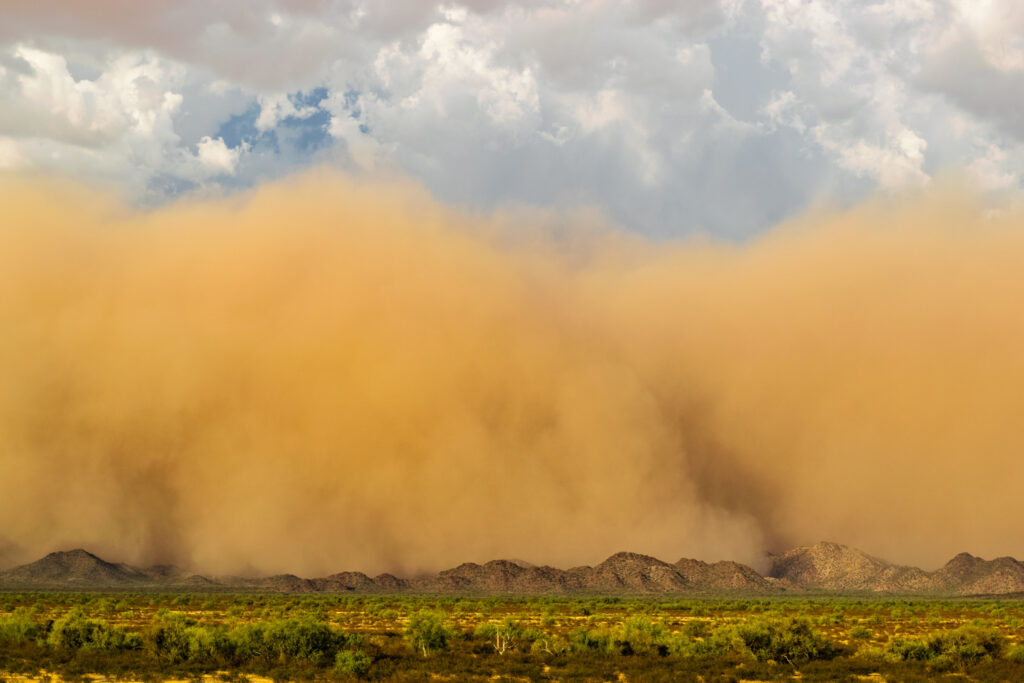An ozone high pollution advisory has been issued for Maricopa County, Arizona, which includes the Phoenix metropolitan area, on Tuesday, prompting concerns for nearly 400,000 children who live in the region.
Officials warn that deteriorating air quality could cause breathing difficulties for vulnerable populations, including children, older adults and people with respiratory conditions.
Why It Matters
Ozone pollution primarily affects the lungs and respiratory system, with children particularly susceptible due to their higher rates of outdoor activity and developing lungs. According to the Maricopa County Air Quality Department, extended exposure to elevated ozone levels can exacerbate conditions such as asthma and bronchitis, and may cause chest pain, coughing, and throat irritation.
What to Know
The Arizona Department of Environmental Quality (ADEQ) forecasts predict that ozone levels are expected to pose a significant health risk. Residents are urged to minimize outdoor physical activity and limit the use of gasoline-powered equipment during peak hours to reduce ozone production.
ADEQ’s Air Quality Meteorologist Brody Droppleman told Newsweek that this time of year is when ozone levels begin to increase because of longer days and more sunlight. When coupled with light winds, pollutants can build up in the valley.
The advisory, relayed by the National Weather Service (NWS) in Phoenix and issued by the Tucson office, remains in effect for the entire day Wednesday.
The high pollution advisory stems from a combination of stagnant weather conditions and existing high ozone levels in the Phoenix metro area.
According to a 2022 report by the American Lung Association, Phoenix ranked as the fifth-most ozone-polluted city in the U.S.
ADEQ air-quality meteorologist Matt Pace previously told Newsweek that Phoenix receives 95 percent or more sunshine throughout the year, which contributes to ozone formation. High pressure is often present over the city, creating hot temperatures, which leads to high concentrations of ozone as well.
Officials recommend that residents carpool, telecommute, or use mass transit to limit the emissions that contribute to ozone formation. Additional guidance includes refraining from using gas-powered lawn equipment during the hottest parts of the day and delaying refueling vehicles until after sunset.
What People Are Saying
An ADEQ air quality alert said: “Ozone is an air contaminant which can cause breathing difficulties for children, older adults, as well as persons with respiratory problems. A decrease in physical activity is recommended.”
A forecast from the ADEQ: “As for PM10 (dust) and PM2.5 (smoke), both of these pollutants will continue to be highest in the industrial areas south/southwest of the Phoenix metro area, particularly in the mornings. … Furthermore, some dust may be possible Saturday afternoon because of increased winds.”
What Happens Next
The air quality alert expires after Wednesday. Ozone levels are expected to fall as the week progresses.
Read the full article here
